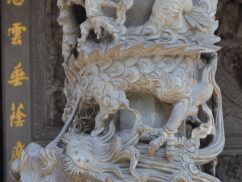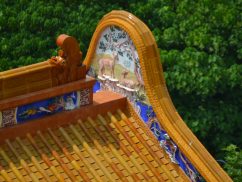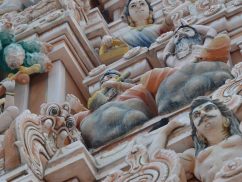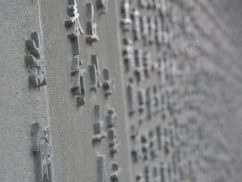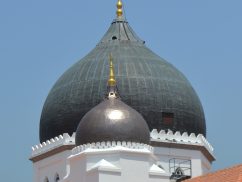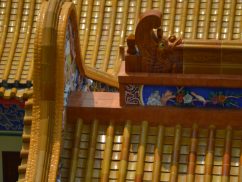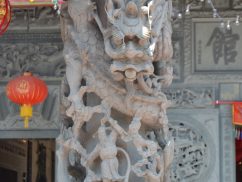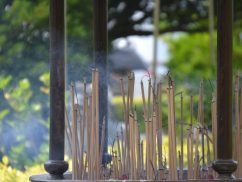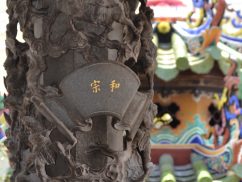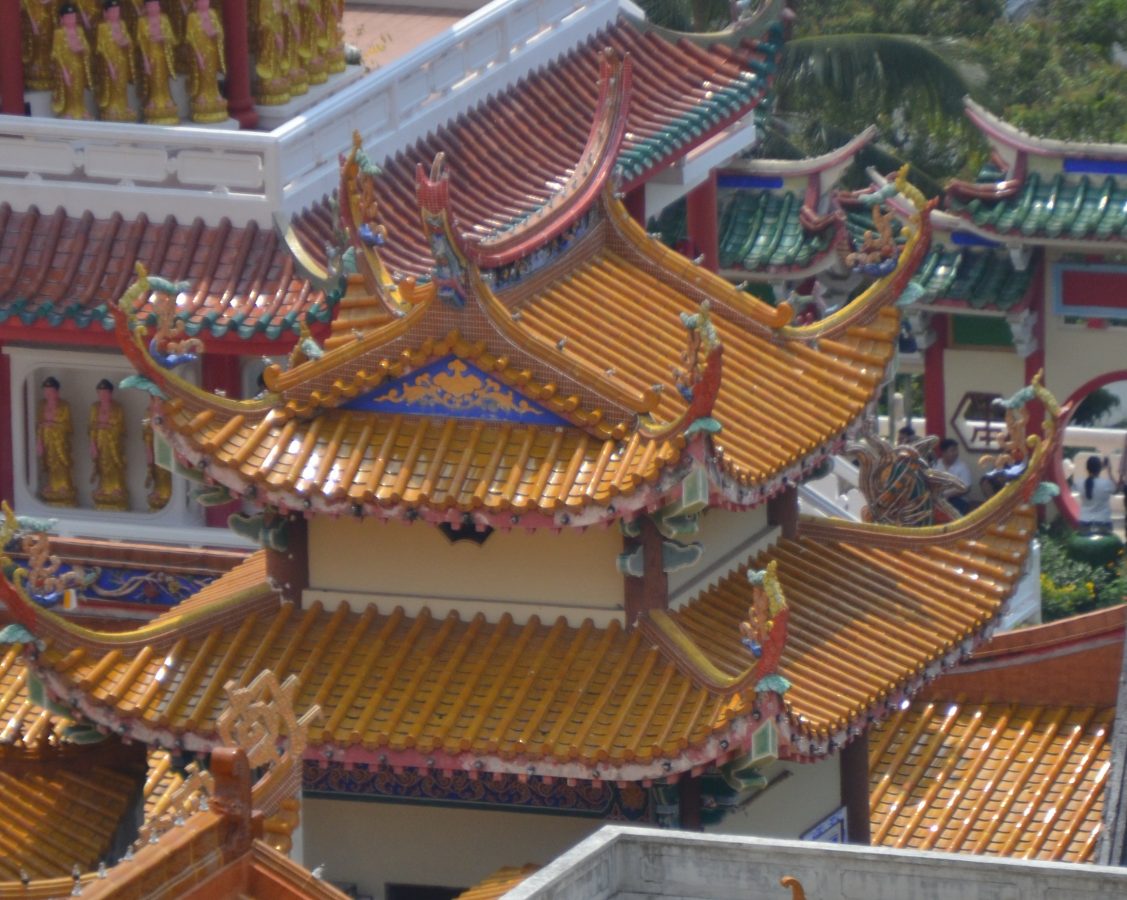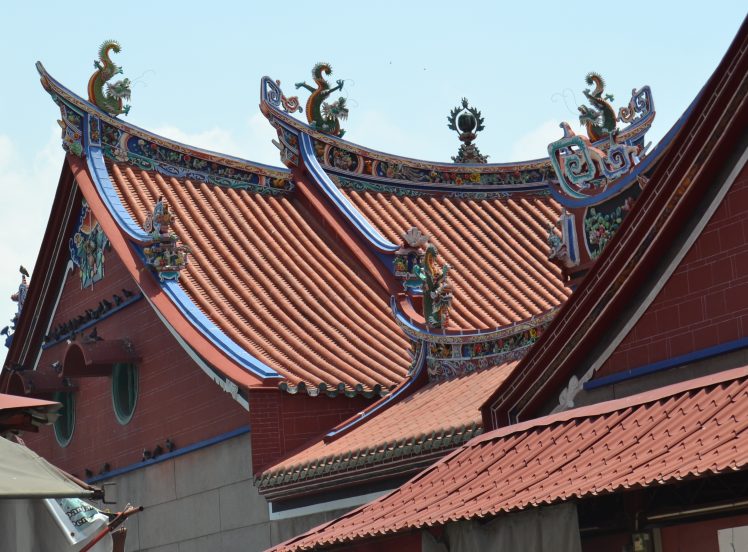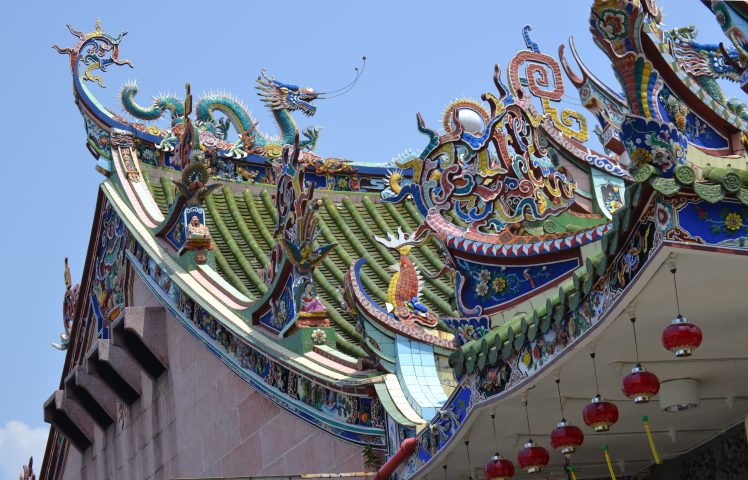A walk through history: some of my favourite temples in Penang

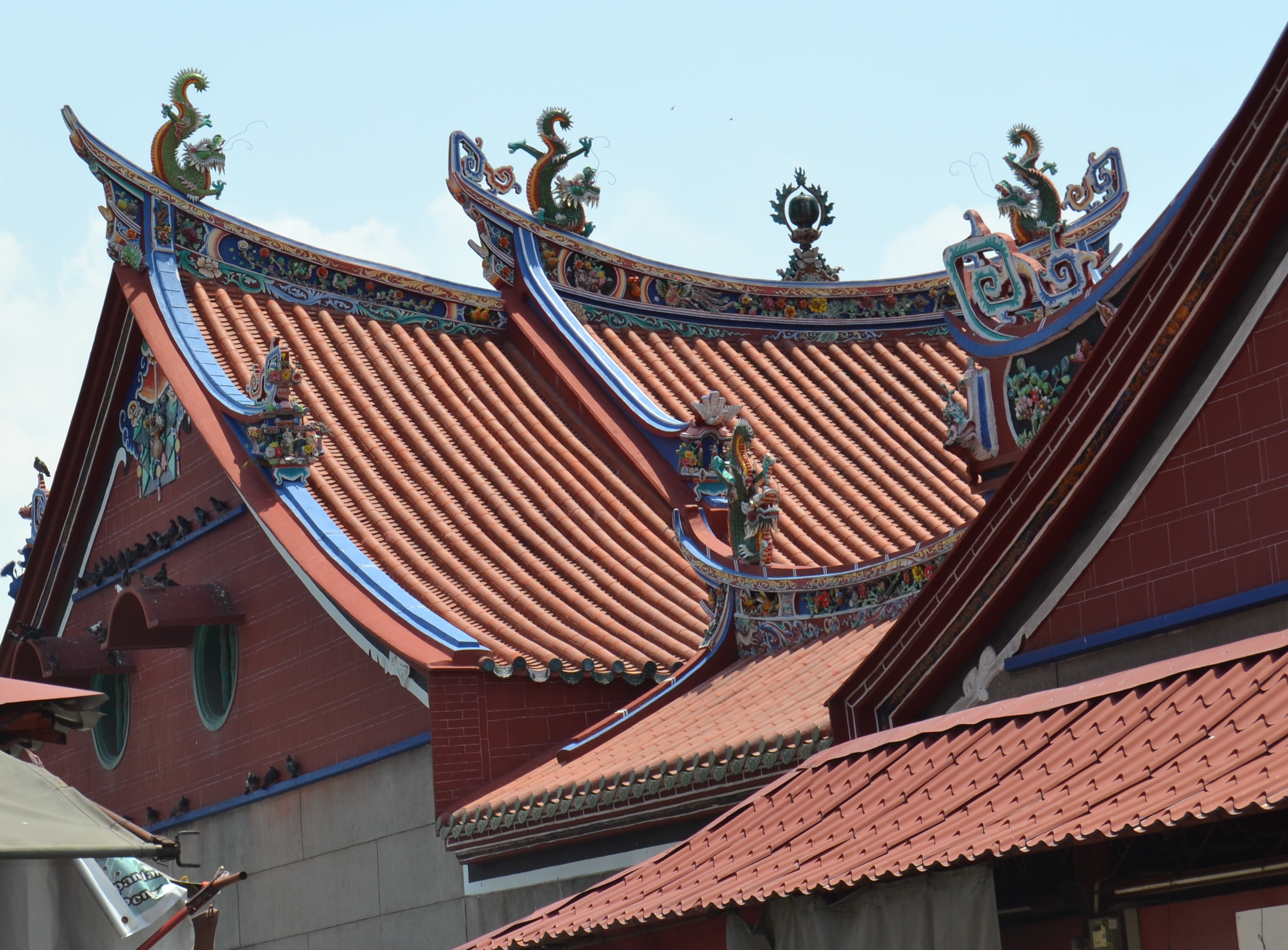
Brad Glass is an American writer and director living in Penang. His current stint on the island has lasted four years but he was also a resident here in 1990s for seven years. Here, he shares his love of the island’s religious culture.
An array of beautiful fascinating temples and mosques – all with an intriguing history – await when you arrive in Penang, Malaysia.
As a native Californian from Los Angeles, my interest in both travel and architecture oddly enough manifested themselves simultaneously when I was just 10 years old. I used to run away from home several times a month – of course making it back home later the same day in time for dinner.
I guess it wasn’t really running away from home as much as it was taking a small trip. I found myself interested in the different shaped homes in the neighborhood, from modern symmetrical lines to the different types of tiles on the roof tops and the different colors.
Years later, and now driving, I continue to find it interesting to explore the different neighborhoods, much further away than walking distance from my house.
The homes in the Hollywood Hills area, above Sunset Blvd to Beverly Hills, were architectural wonders; mansions with elevators, homes built with large concrete forms and walls that seemed to effortlessly frame large glass windows.
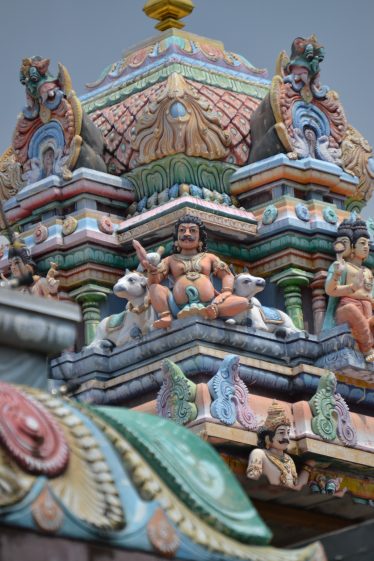 Beautiful wrought iron gates and stone carvings of animals seemed to guard the properties. My love of travel became serious.
Beautiful wrought iron gates and stone carvings of animals seemed to guard the properties. My love of travel became serious.
I set out on a journey of nearly 40 countries over a 20 year period. Now in my early 50’s, I live in a wonderful spot in Southeast Asia: Penang, Malaysia.
This beautiful island has a wonderful fusion of race and culture. From Malay, Chinese, Indian and Western influences providing so many architectural delights seen in temples, mosques and churches, most built during the British rule of the island.
Penang Island is one of Malaysia’s most tourist-visited destination.
Due to the well preserved heritage buildings in Penang’s capital Georgetown, it has been awarded a listing as a UNESCO World Cultural Heritage Site.
Temples have been built all over the island; some of my favorites are all within the city streets of Georgetown.
Some are hidden, almost sandwiched between original colonial style buildings. Walking or riding a bicycle are great ways to see the city and its temples.
However, I recommend hiring a trishaw and driver to take you through the narrow city streets; it’s all very nostalgic.
The majority of temples in Penang were built by the Chinese. For generations, thousands have come to the temples to pray and ask for good health and prosperity. In return they give offering of simple objects such as a lit candle, burning incense, flowers fruit, water or a drink.
Penang Chinese Taoist Temples are some of the most elaborate and detailed in their construction. This is due to the large Chinese population in Penang, which originated in the second half of the 19th century.
Penang Clan Temple, built by different clan associations, also cropped up in the mid-19th to early 20th centuries. Clan associations were created by Hokkien Chinese to assist their people in settling in a new environment and finding work. In addition to the Hokkien clans, the Cantonese built district associations with similar functions to the Hokkien associations.
It would take you weeks to see all the temples in Penang., but here I’ve listed a few favorites among the tourists and locals as well as myself, along with some facts about each of them.
Kek Lok Si Temple
This is a Buddhist temple in the ‘Air Itam’ suburb, 20 minutes outside Georgetown. Having been built on top of a hillside, it provides a panoramic view of the entire city, complete with ocean views. The entire complex was constructed between 1890 and 1930.
Hard to miss are the seven-storey Pagoda of Rama VI and the nearly 100 foot tall bronze statue of Kuan Yin, the Goddess of Mercy. Opening hours are from 8:30am to 5:30pm; after the sun goes down the place sparkles as thousands of lights are used to illuminate the complex. It’s simply stunning.
Kuan Yin Temple
Also known as the Goddess of Mercy Temple, this is one of the Georgetown’s most popular temples. This is mainly because, on any given day, you will see hundreds of Buddhist devotees praying, or burning gold or silver paper in one of the two large iron stoves outside the temple.
The temple is over 100 years old and has plenty of carved-stone Chinese architecture throughout. Take you time to admire the detailed craftsmanship.
Khoo Kongsi Temple
Also in Georgetown is another architectural wonder and part of the Goh Tai Seh (Big Five Clan) which was the basis of the Hokkien community, hundreds of years ago. A structure of granite with carved intricate detail welcomes you as the entrance hall. Once inside you will be transported back in time as you are treated to an insight into Chinese history.
Wat Chayamangkalaram
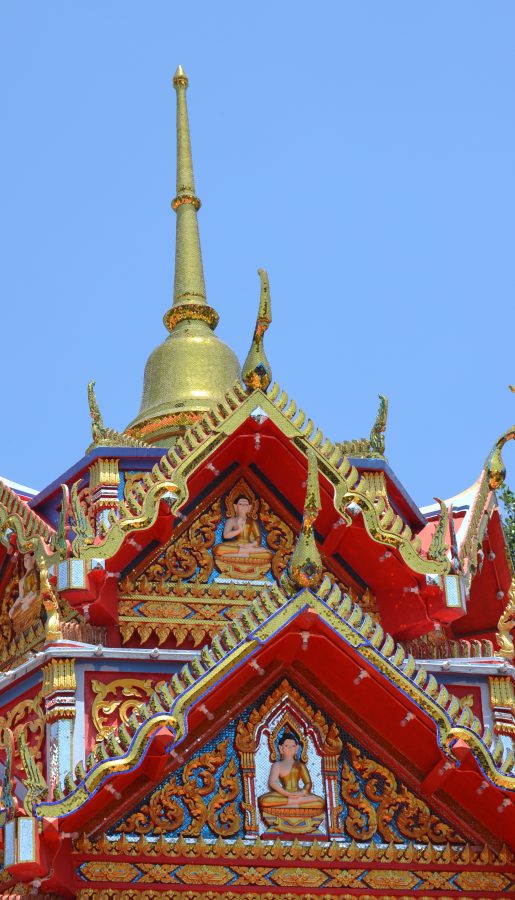 This is a gorgeous Thai temple just on the outside of Georgetown city.
This is a gorgeous Thai temple just on the outside of Georgetown city.
The temple is most noted for its Reclining Buddha statue, the 3rd largest of its kind at 33 meters in length.
Built in 1845, the grounds are large and there are colourful statues throughout the temple.
One of the best times to visit this temple is from April 13 to April 15, during the Water Festival.
The traditional Thai celebration of Songkran is the throwing of water as people believe the water will wash away bad luck.
Bring your water guns or just bottles of water ammunition and be prepared to get wet. It’s a blast!
"ExpatGo welcomes and encourages comments, input, and divergent opinions. However, we kindly request that you use suitable language in your comments, and refrain from any sort of personal attack, hate speech, or disparaging rhetoric. Comments not in line with this are subject to removal from the site. "


